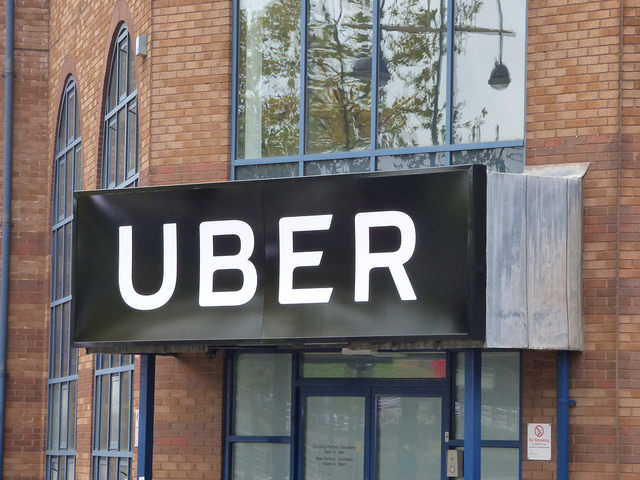 EMERGING TECH
EMERGING TECH
 EMERGING TECH
EMERGING TECH
 EMERGING TECH
EMERGING TECH
After reporting a record profit in its first quarter, Uber Technologies Inc.’s financials have taken a hit again as the company today reported a massive loss and slowing revenue growth in its latest quarter.
For the quarter ending June 30, Uber reported net revenue of $2.7 billion, up 51 percent from a year ago, with gross bookings coming in at $12 billion, up 41 percent from the same quarter of 2017. While seemingly impressive numbers, net revenue grew only 10 percent from the previous quarter, excluding its former Russian and Southeast Asian operations, while gross bookings only grew 6 percent from the first quarter.
The ride-hailing giant recorded a $891 million net loss in the quarter, reversing a $2.5 billion first-quarter profit but an improvement from the fourth quarter’s $1.1 billion loss.
The loss adjusted for certain items such as interest and taxes came in at $614 million, marginally better than the $645 million loss a year ago, while Uber’s pro forma adjusted loss grew from $304 million in the first quarter to $404 million.
Axios noted that though Uber increased its spending in areas like marketing and R&D, its largest increase was in general and administrative spending, which includes reserves for potential legal settlements.
“We had another great quarter, continuing to grow at an impressive rate for a business of our scale,” Uber Chief Executive Dara Khosrowshahi said in prepared remarks. “Going forward, we’re deliberately investing in the future of our platform: big bets like Uber Eats; congestion and environmentally friendly modes of transport like Express Pool, e-bikes and scooters; emerging businesses like Freight; and high-potential markets in the Middle East and India where we are cementing our leadership position.”
At least part of Uber’s loss has been attributed to its spending on its troubled self-driving car division. The Information reported that investors are encouraging the company to sell the unit off, presuming it could find a buyer for it.
The report claimed that Uber has been burning between $125 million and $200 million each quarter for the past 18 months on the division. Moreover, it has reportedly spent at least $2 billion in total trying to build self-driving cars over the past three years, meaning that losses from the division comprise between 15 and 30 percent of Uber’s quarterly losses.
Selling off its autonomous vehicle division would require a mea culpa from the company’s management, but it’s not without precedent. Uber shut down its self-driving truck division in July. The basis of that division was a company previously known as Otto that Uber acquired for $680 million in 2016, demonstrating that Uber is willing to make hard decisions if required.
THANK YOU